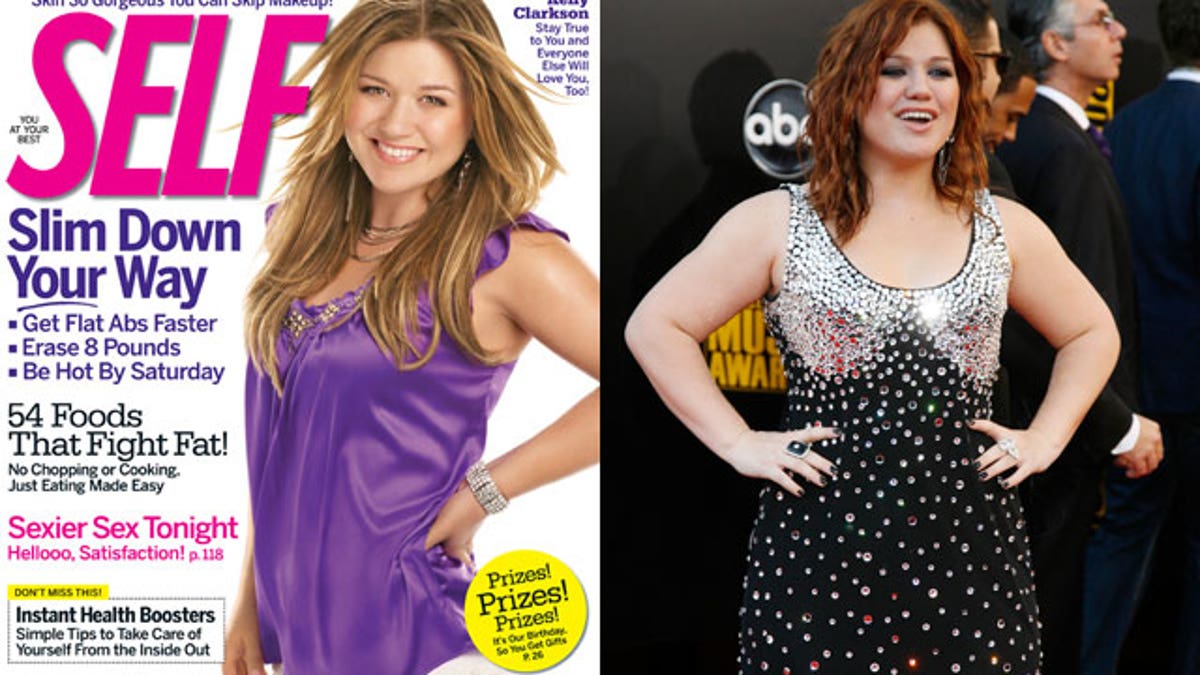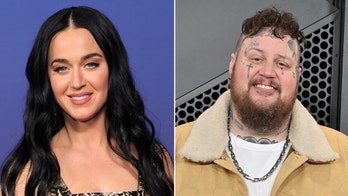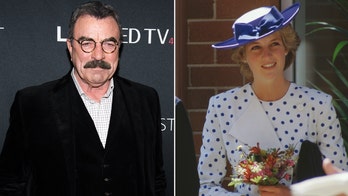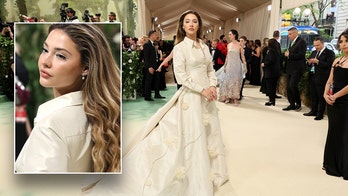
Some say Kelly Clarkson was made to look thinner on Self magazine recently. Is airbrushing a necessity or over-the top?
In today’s celebrity and tech obsessed culture, digital alterations of stars in ads and magazines have gone to extreme levels.
This week, images of Scarlett Johannson, Johnny Depp, and Matthew McConaughey are circulating the web and raising eyebrows, as the A-listers look strangely slimmer, and younger than ever.
Actress Demi Moore was recently forced to come out and defend herself against claims that a chunk of her hip was “removed” from her cover on W magazine.
And so-called plus-sized model Crystal Renn sparked outrage when her frame was drastically shrunk by the click of a mouse.
While the push to regulate airbrushing has yet to gain political traction in the U.S, in September 2009, the Liberal Democrats, the third-largest party in Britain, adopted a proposal for a labeling system for digitally altered photographs as part of their official platform. The party also pushed to prohibit all altered photographs in advertisements aimed at children below the age of 16.
Several international magazines have also taken steps to limit photo manipulation, a move that several super models told Pop Tarts they support.
“I prefer no airbrushing. Sometimes when they (publications) airbrush us its worse because it's not your features,” Victoria’s Secret “Bombshell” Candace Swanepoel said. “Actually, Victoria’s Secret doesn’t do much airbrushing at all. They hire the best makeup artists the best hairstylists."
Spanish Vogue cover girl Lily Aldridge agreed.
“I'm usually disappointed when I look at a picture and I'll see it and I'll be like ‘it’s so beautiful, I' m so happy.’ And then it comes out and it ruins your features,” she explained. “It takes away from some of your features and that’s what's beautiful about all of us, it is what makes us unique.”
Model Adriana Lima, who has been in the industry for almost fifteen years, recognizes both the pros and cons.
“It depends. I've been modeling for such a long time and I came at a time that they never airbrushed – but as long as they leave your skin untouched, it’s good,” she said.
But while the 6-foot-tall, size-2 super models of the world may be anti-airbrush, some less perfect - but still incredibly attractive - actresses disagree.
“Modern Family” star Sofia Vergara told us she thinks technology is necessary, when it’s done tastefully. “It is really is amazing that it can make people look better. Of course natural is good, but you know..." she said.
Reality-star-turned-actress Audrina Patridge agreed.
“I don’t think [airbrushing] is irresponsible, it is part of the industry – I know that's something the girls around the world need to understand,” Patridge said. “Nobody is perfect, especially the Hollywood industry, everybody is airbrushed to look perfect. That's what the industry is about.”
But could airbrushing actually be dangerous? According to the National Institute on Family & the Media, 53 percent of American girls are reported to be "unhappy with their bodies” – a figure that grows to 78 percent by the time they reach seventeen.
“If we are portraying unrealistic images of what a body should look like when we see those pictures in the media, what we're doing is creating impossible standards by which young people have to evaluate their own bodies,” Dr. Phillip Atiba Goff, the Executive Director of Research at the Consortium for Police Leadership in Equity at UCLA told Pop Tarts.
But while Goff may argue that it’s doing more harm than good, some fashion insiders say that photos are art, and therefore should not be open to any kind of regulation.
“Airbrushing [may be] detrimental to the psyche of young women, but it shouldn't be banned,” said mind/body expert Fred DeVito, a co-founder of Exhale Spa’s Core Fusion Health and Wellness program. “Magazines need to do whatever they need to do to make their covers appealing and young women need to be educated that what they are looking at is not real. It is just as the same as cosmetic surgery on a movie star or TV personality, or a stunt man doing a scene for an actor.”
Additional reporting from Deidre Behar.






